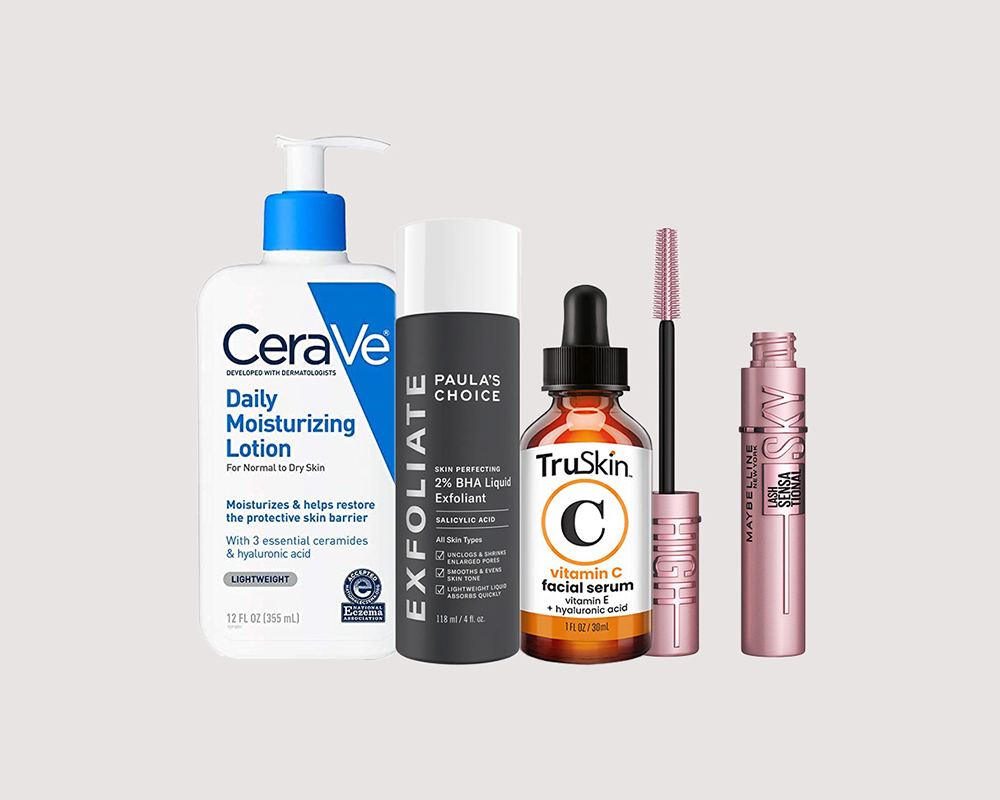From unplanned expenses to unpredictable results, top doctors address your biggest cosmetic fears.
Q: What if I end up looking weird? How can I make sure my results look as natural as possible? Like me, but better.
A: “We want our patients to have natural-looking results, and our goal is that your friends will comment that you look great, and ask if you had your hair done, rather than your face. Asking your doctor to see before-and-after photos is also helpful so that you have an idea of the type of work they do.” —Rochester, NY dermatologist Lesley Loss, MD
You May Also Like: Which Wrinkle-Buster Is Right for You?
“I hear this often when patients question whether they should consider an eyelift or blepharoplasty. Oftentimes, people get dismayed by what they may see as extreme results on reality TV without truly knowing what procedures were performed. I like to share before-and-after photos of patients with similar anatomy to demonstrate what a prospective patient should expect. Patients will often breathe a sigh of relief and feel encouraged that they will have a natural looking result.” —Short Hills, NJ oculoplastic surgeon Baljeet Purewal, MD
“Discuss any concerns you have with your doctor beforehand. They can address specific worries and should show you cases similar to yours, as well as explain expected results. You can also speak with former patients and get their perspective.” —Charlotte, NC cosmetic dentist Patrick Broome, DMD
Q: I want it ALL, but I’m worried about cost. How do I know what I’m really going to pay in the end, and how do I pay for it?
A: “Many variables contribute to cosmetic procedure fees: the extent of the procedure, geographic location of the surgical practice, and the surgeon’s credentials, level of training, expertise and reputation. If it is a surgical procedure, the fee for the anesthesia provider and facility charge—the facility should be accredited by a national accrediting organization like the American Association for Accreditation of Ambulatory Surgery Facilities, (AAAASF)— affects cost as well. I always advise finding the most qualified individual to perform a procedure, not the least expensive. Your health and safety depend on it. If your selection of a surgeon is determined primarily by high or low fees, ultimately, you may be disappointed with your choice.” —La Jolla, CA plastic surgeon Robert Singer, MD
You May Also Like: An Insurance Alternative That Makes It Easier to Afford Procedures
“The first step is to undergo a consultation to find out the best procedure to address your area of concern. There may be a variety of options available in different price ranges. Many practices offer alternative methods of payment, such as CareCredit, to help pay for procedures. This can make certain procedures more affordable by dividing them into smaller monthly payments.” —Dr. Purewal
“Many patients are not aware that there may be multiple options for treatments with different costs, so it is key to discuss the full range of options with your doctor.” —Laguna Woods, CA facial plastic surgeon Cory Yeh, MD
Q: I only have one week of vacation time to use for recovery. Is that enough? And which procedures are considered “lunchtime” options with no recovery?
A: “Surgical techniques and technologies continue to improve dramatically, so most procedures, including facelifts, mini-tummy tucks, liposuction and breast lifts, only require a week or less of downtime. Full-abdominoplasty patients, however, may need up to six weeks of recovery. Breast augmentation patients can recover in 24 to 48 hours.” —Grand Rapids, MI plastic surgeon Bradley Bengtson, MD
You May Also Like: This New Hyaluronic Acid Filler Promises Next to No Swelling
“There are a variety of minimally invasive skin-rejuvenation procedures available now that have little-to-no downtime. For example, many of our patients have a BBL laser treatment or Botox over their lunch hour and return to work or go out with friends the same day. Other lasers, like Halo, require around five to seven days of ‘social downtime’ to allow for skin to heal.” —Dr. Loss
“Certain noninvasive or minimally invasive procedures have no downtime and can yield great results. Surgical procedures usually require a downtime period of several days to a few weeks. The results, however, aside from improving one’s appearance and confidence, are much more long-lasting. That downtime is an investment in yourself and usually worth it.” —Dr. Purewal
“Make sure to address your concerns directly with your doctor. They can provide normal downtime expectations and how any complications will be handled. We find that following post-op instructions and a little planning can minimize the impact of any downtime. Our patients tell us that any temporary inconvenience was well worth their long-term results.” —Dr. Broome
Q: Ouch! I am a lightweight when it comes to pain. What should I expect?
A: “More than 80 percent of the surgeries I perform today are done without the need for postoperative narcotics. Using long-lasting local anesthesia like Marcaine, and meds like Neurontin and Celebrex, allow us to minimize post-op opioids. This, along with bloodless techniques, allow for a faster recovery with minimal discomfort post-surgery.” —Dr. Bengtson
“Most of our procedures are very comfortable. For example, we use topical numbing cream prior to facial dermal fillers and lasers. Many of the fillers have lidocaine for numbing mixed into them, which also makes the treatment more comfortable.” —Dr. Loss
You May Also Like: This Longer-Lasting Botox Alternative Is Perfect for People Who Hate Needles
“Pain is usually controlled by local injections of anesthetic, or intravenous sedation if an anesthesiologist is present. Although there may be some immediate discomfort post-procedure, it can often be controlled with over-the-counter pain medicine, ice packs and rest.” —Dr. Purewal
“Most of the discomfort from facial aesthetic procedures can be minimized by an experienced physician. We pay close attention to making the patient as comfortable as we can and employ a variety of pain-reduction techniques to make treatments as seamless as possible.” —Dr. Yeh
“Let your doctor know how you feel. They can explain the procedure and any associated pain management protocols they have. We love happy and informed patients, so we want you to be comfortable. We also want you to be thrilled with your results.” —Dr. Broome

















